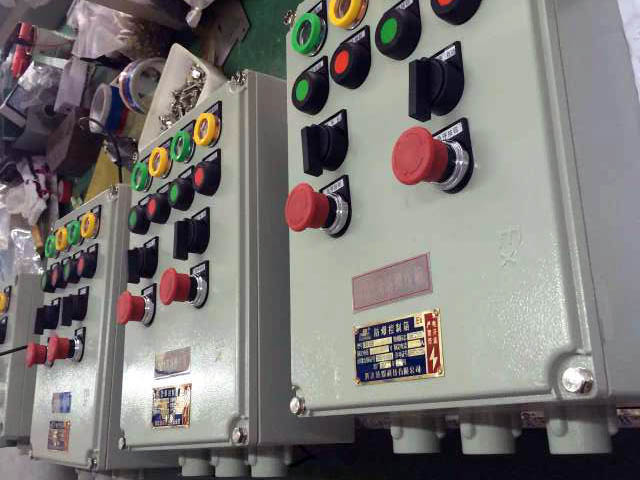In evaluating electrical equipment, it’s essential to thoroughly check the following:

1. Operation of the equipment in potentially explosive environments.
2. Appropriate classification level of the equipment.
3. Accuracy of the electrical equipment’s thermal group classification.
4. Correctness of electrical and wiring labels.
5. Validity of labels on electrical equipment and wiring.
6. Compliance of enclosures, transparent components, metal seals, or adhesives with requirements.
7. Any visible, unauthorized alterations.
8. Proper and secure fastening of bolts, cable entry mechanisms (whether direct or indirect), and blanking plates.
Note: For d and e type devices, transparent components made of tempered glass must not be replaced arbitrarily. Only original parts should be used to meet the strength requirements for d type devices and the sealing requirements for e type devices.
9. Cleanliness and integrity of explosion-proof surfaces and linings (d).
10. Gap sizes on explosion-proof surfaces remaining within permissible limits (d).
11. Correctness of luminaire light source’s rated power, model, and installation position.
Note: Luminaires with the same power but different models vary in heat output and components, and should not be replaced without consideration. For example, LED luminaires have high start-up temperatures, as do bulbs in other types of luminaires.
12. Security of electrical connections.
13. Condition of the enclosure lining.
14. Integrity of sealed and airtight circuit breakers.
15. Proper functioning of the restricted-breathing enclosure.
Note: The IP rating requirements are stringent, requiring the internal pressure of the device to remain stable under vacuum conditions.
16. Sufficient space between the motor fan and the enclosure or cover.
Note: The spacing should exceed 1% of the impeller diameter but be less than or equal to 5mm.
17. Adherence of breathing and draining devices to standards.
Note: Breathers and drainers are often specialized components in the explosion-proof chamber of “d” type gas detectors. These devices come in various structures, including dust metallurgy, multi-layer metal mesh, rolled film, and labyrinthine designs.
18. Certification of safety barrier units, relays, and other limited energy devices as explosion-proof, along with proper installation and grounding (i).
Note: Even though explosion-proof barriers are typically used in safe areas, they require specific certification.
19. Installation of intrinsic safety devices as per documentation specifications (pertains only to fixed equipment) (i).
20. Cleanliness and absence of damage on intrinsic safety device circuit boards (i).
21. Absence of defects like cracking in encapsulated shell materials (m).
Note: The symbols in parentheses at the end of each checklist item denote the specific explosion-proof type to which the item applies. Items without parentheses are applicable to all explosion-proof types.
 Shenhai Explosion-Proof
Shenhai Explosion-Proof
